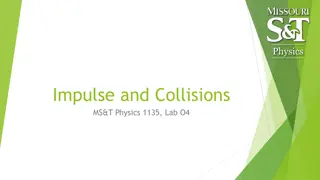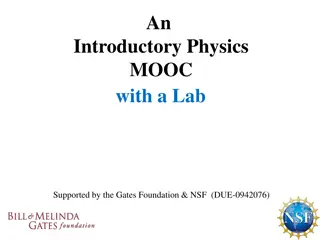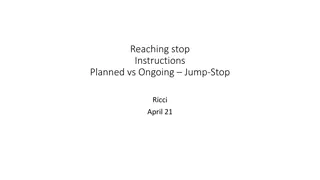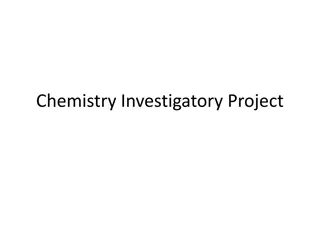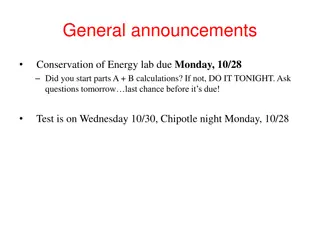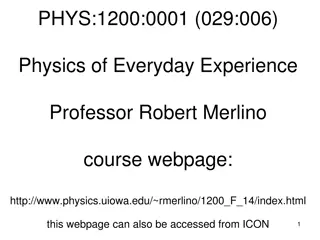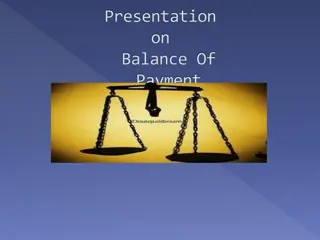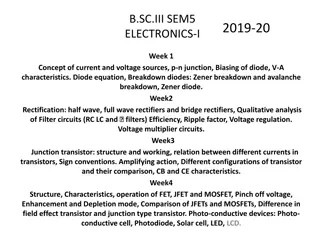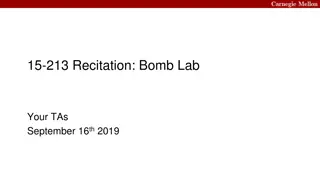Understanding Current Balance Experiment in Physics Lab
Explore the Physics lab experiment involving a current balance to determine force between parallel current-carrying wires and permeability of free space. Learn how to adjust separation distance, add masses, and calculate experimental values. Understand the relationship between force and current variations. Follow detailed steps and guidelines from MS&T Physics lab to conduct accurate measurements.
Download Presentation

Please find below an Image/Link to download the presentation.
The content on the website is provided AS IS for your information and personal use only. It may not be sold, licensed, or shared on other websites without obtaining consent from the author. Download presentation by click this link. If you encounter any issues during the download, it is possible that the publisher has removed the file from their server.
E N D
Presentation Transcript
Physics Current Balance MS&T Physics 2135, Lab E4
Objectives Physics Use a current balance to determine the magnitude and direction of the force between two parallel current-carrying wires. Use your measurements to determine o, the permeability of free space. Question of the day: If B varies directly with I and F varies jointly with I and B, how does F vary with I? Note: When plotting data, your dependent variable is x and your independent variable is y. Fitting a linear trendline gives you y=mx+b. This allows you to compare your theoretical equation to the trendline to find an experimental value for any parameter in the equation. This is how you will find otoday. MS&T Physics 2135, Lab E4: Current Balance Slide 2/5
Materials Used Physics MS&T Physics 2135, Lab E4: Current Balance Slide 3/5
The Current Balance Physics The mirror (blue arrow) reflects the laser beam, which moves as the separation distance changes. Set the separation distance with the balance wheels (red arrow) or by loosening the thumb screws (green arrows) and moving the bottom wire. Turn the current off before you make any adjustments! Mark the zero-current position of the laser dot on the paper. MS&T Physics 2135, Lab E4: Current Balance Slide 4/5
Adding Masses Physics Using the tweezers, select a mass to add to the tray. This decreases the separation distance. Increase the current until the dot returns to its zero-current position. Record the current displayed on the Power Supply. DON T EXCEED 15A!!!! Repeat for several masses/distances. Note: The lab manual directs you to calculate current from a DMM voltage measurement. This was the procedure with our old power supplies. Disregard that, and use the current indicated on the supply. MS&T Physics 2135, Lab E4: Current Balance Slide 5/5









